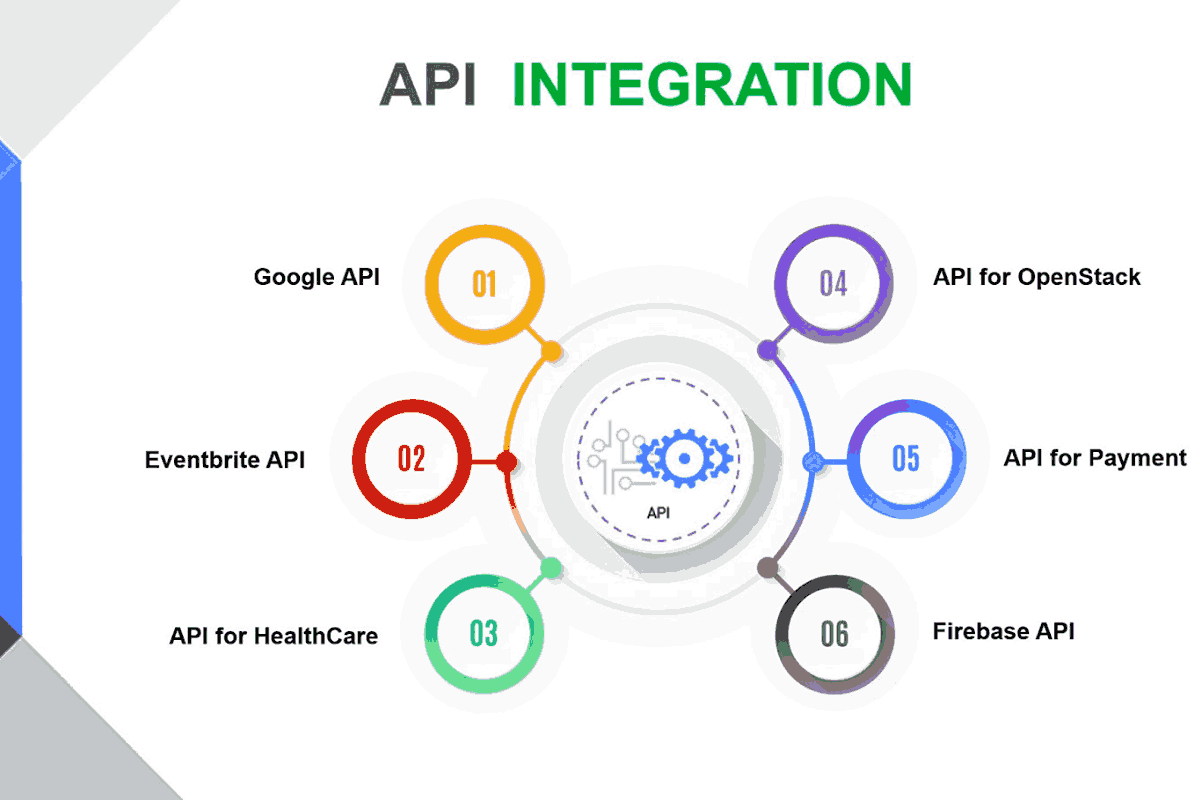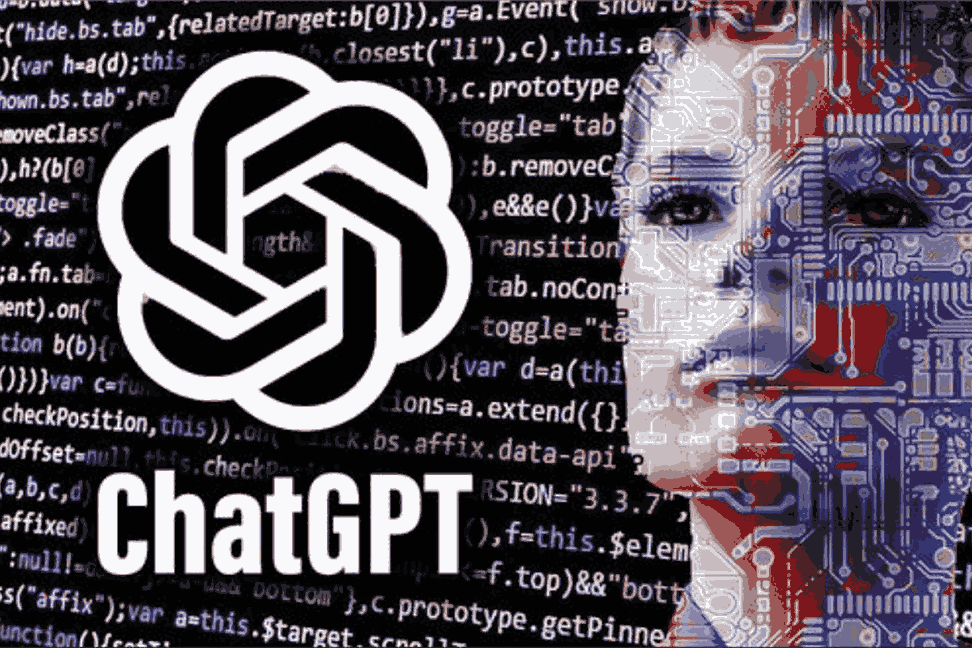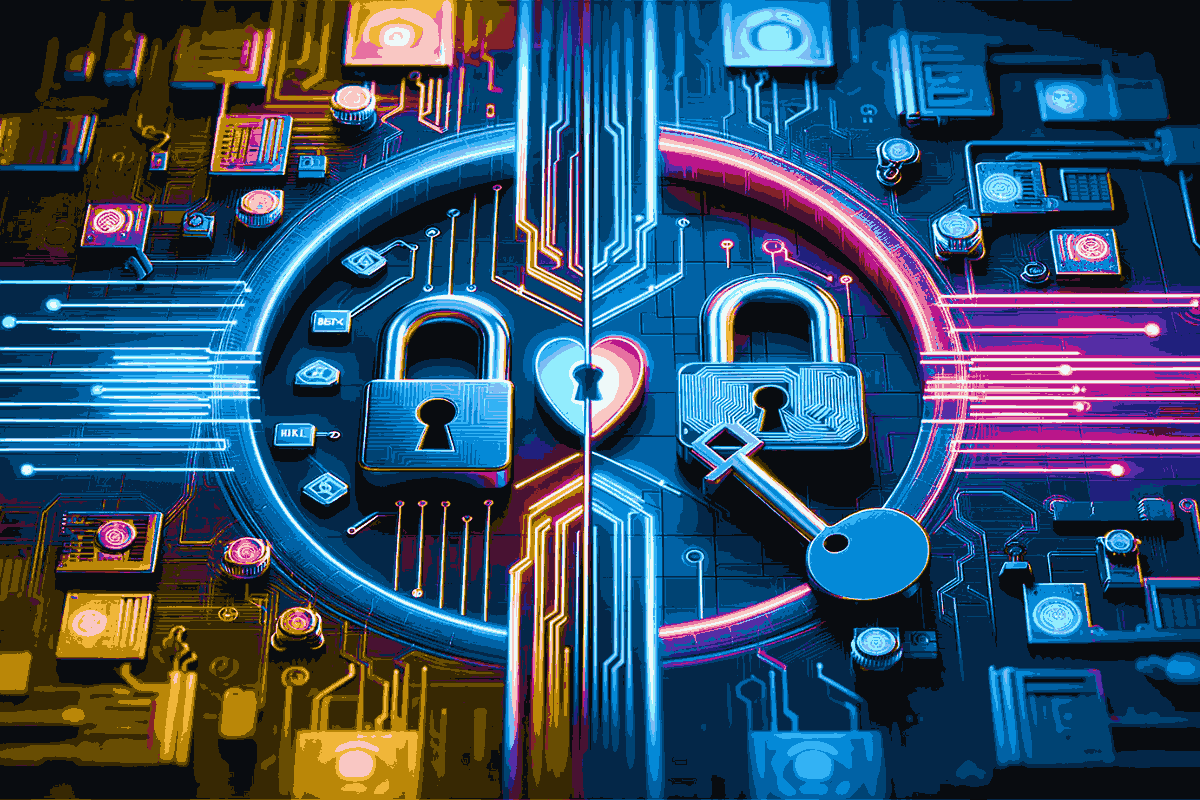
As our world grows more digital, cybercrime rises in frequency. Due to the vast quantities of personally identifiable information (PII) that banks have and the potential financial benefit that unscrupulous persons stand to earn should assaults be successful, they continue to be one of the most common targets of cyberattacks. With more and more financial institutions shifting their operations online, it's critical that they take preventative measures against cybercrime. In addition, knowing the nature of the risks and how to protect yourself from them is the first step in the battle. In this article, we will examine five of these dangers and the steps that financial institutions should take to safeguard themselves.
Malware
Infecting a device, server, or network with malicious software is the hallmark of a malware assault. Worms, viruses, spyware, ransomware, Trojan horses, and more are all examples of malicious software. A bank's digital network may be put at risk if a client utilised a device infected with malware to connect to the network. More damage may be done if the consumer then uses those stolen credentials to conduct online banking transactions in a foreign currency using those compromised systems.
Blocking malware assaults is the first line of defence when it comes to protecting online banking systems. This may be done with the help of reputable antivirus software and runtime application self-protection (RASP) solutions. If an attacker does manage to acquire credentials, however, you may still keep your customers safe by enforcing additional layers of security such as two-factor authentication and behavioural authentication. In addition, user education and raising awareness about digital banking best practises might be beneficial.
Third-party services
In an effort to provide superior customer service, financial institutions often use the expertise of external contractors. The digital banking systems of banks may be severely disrupted by an assault on the vendors' systems if adequate cybersecurity protections are not in place. Is there anything financial institutions can do to stop this risk?
Investigate potential service providers to make sure they are reliable enough to continue working with the bank without putting its infrastructure at danger. Whenever there are modifications to the bank's infrastructure, it is very important for the bank to perform a third-party risk assessment. It's also crucial that the bank and its contractors have similar cybersecurity policies and procedures.
Phishing
Hackers in phishing attacks contact bank clients by email, phone, or text message while claiming to be bank staff in order to acquire personal information such as user names, passwords, and credit card numbers. Everything seems completely legitimate and trustworthy, making this kind of assault very difficult to detect. Worse still, fraudsters have developed techniques like "whaling" and "spear-phishing" that specifically target financial institutions rather than individual users.
Providers of digital banking services may safeguard their customers against phishing assaults by using data analytics and machine learning to spot fraud and alerting the appropriate authorities. Customer education on safe online activities, customer behaviour profiles for spotting anomalous activity, and two-factor authentication all play important roles in keeping consumers safe.
Spoofing
Spoofing is similar to phishing in that it involves hackers impersonating a legitimate website, in this case, a financial institution's website. Clients are offered a website that is both functional and convincing in appearance. When a user enters their credentials onto the bogus website, the hackers might exploit them for their own malicious ends.
Although spoofing assaults are tough to defend against, clients' bank accounts may be protected against fraudsters. Two-factor authentication, where additional pieces of information the consumer knows are needed to access the account, is a wonderful approach to do this.
Remote work associated risks
Nowadays, more and more people are choosing to work remotely. Despite the many advantages to both workers and employers, it compromises the security of the devices they use on the job. This means that banks offering digital banking services are putting their customers' private information at greater risk.
Cybersecurity risks linked with remote work may be mitigated by providing workers with training on how to protect their equipment and themselves from intrusions. Among the many possible measures are the use of virtual private networks (VPNs), the avoidance of phishing attempts, and the restriction on the sharing of company-issued devices.
Conclusion
As more and more people want to conduct their financial dealings online, the number of cyberattacks has increased. Companies that provide online banking have the responsibility of ensuring their clients' safety while maintaining the highest standards of service. The top assaults in the industry may help banks be more proactive in preventing and responding to these threats. Any financial institution's cybersecurity strategy must prioritise addressing the cyberthreats we've outlined here and the steps that may be taken to avoid them.
Keywords:
- cybercrime
- Cybersecurity Risk
- Online Bank
- Shuronjit.com











Leave a comment